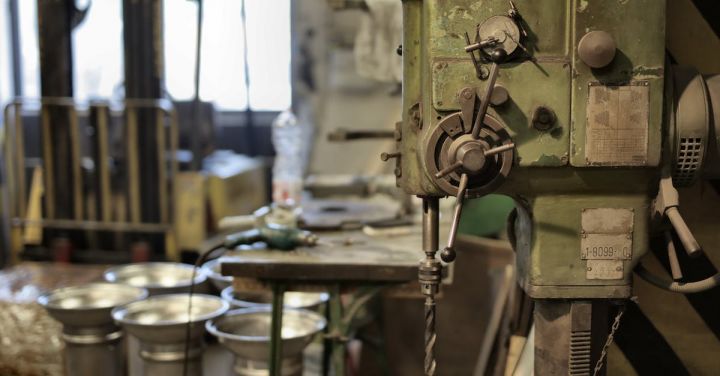The world of railways has been revolutionized by electric engineering. This fascinating field has transformed the way trains operate and has brought numerous benefits to the industry. From increased efficiency to reduced environmental impact, electric engineering has undoubtedly enhanced the beauty of railways.
One of the most significant advantages of electric engineering in railways is the improved efficiency of trains. Electric trains are equipped with powerful electric motors that provide smooth acceleration and deceleration, resulting in faster and more reliable journeys. This enhanced efficiency allows for shorter travel times, increasing the convenience for passengers.
In addition to improved efficiency, electric engineering has also brought about a significant reduction in operating costs for railway operators. Electric trains require less maintenance compared to their diesel-powered counterparts, as there are fewer moving parts in electric motors. This reduction in maintenance costs translates into higher profitability for railway companies, allowing for further investments in infrastructure and passenger amenities.
Furthermore, the environmental impact of railways has been greatly reduced due to electric engineering. Electric trains produce zero emissions at the point of use, unlike diesel trains that emit harmful pollutants into the atmosphere. This reduction in emissions not only improves air quality but also contributes to the fight against climate change. Electric engineering has played a pivotal role in making railways a greener mode of transportation.
Electric engineering has also made significant advancements in the field of regenerative braking. This innovative technology allows electric trains to recover and store energy that is normally lost during braking. This stored energy can then be used to power other systems on the train, such as lighting and air conditioning. By harnessing this otherwise wasted energy, electric engineering has made trains more self-sufficient and energy-efficient.
Additionally, electric engineering has enabled the development of high-speed rail networks. Electric trains have the capability to achieve speeds that were once thought to be impossible. This has opened up new possibilities for long-distance travel, connecting cities and regions like never before. High-speed rail not only provides faster travel times but also reduces the reliance on air travel, resulting in lower carbon emissions.
The beauty of electric engineering in railways lies in its ability to combine technology and sustainability. Electric trains are a testament to human ingenuity, demonstrating how engineering advancements can be harnessed to create a more efficient and environmentally friendly mode of transportation. This synergy between technology and sustainability is what makes electric engineering in railways truly beautiful.
In conclusion, electric engineering has brought numerous benefits to the world of railways. From increased efficiency to reduced environmental impact, electric trains have transformed the industry. The advancements in electric engineering have not only improved the performance of trains but have also made railways more sustainable. The beauty of electric engineering lies in its ability to combine innovation with environmental consciousness. As we look towards the future, electric engineering will continue to play a vital role in shaping the beauty of railways.
